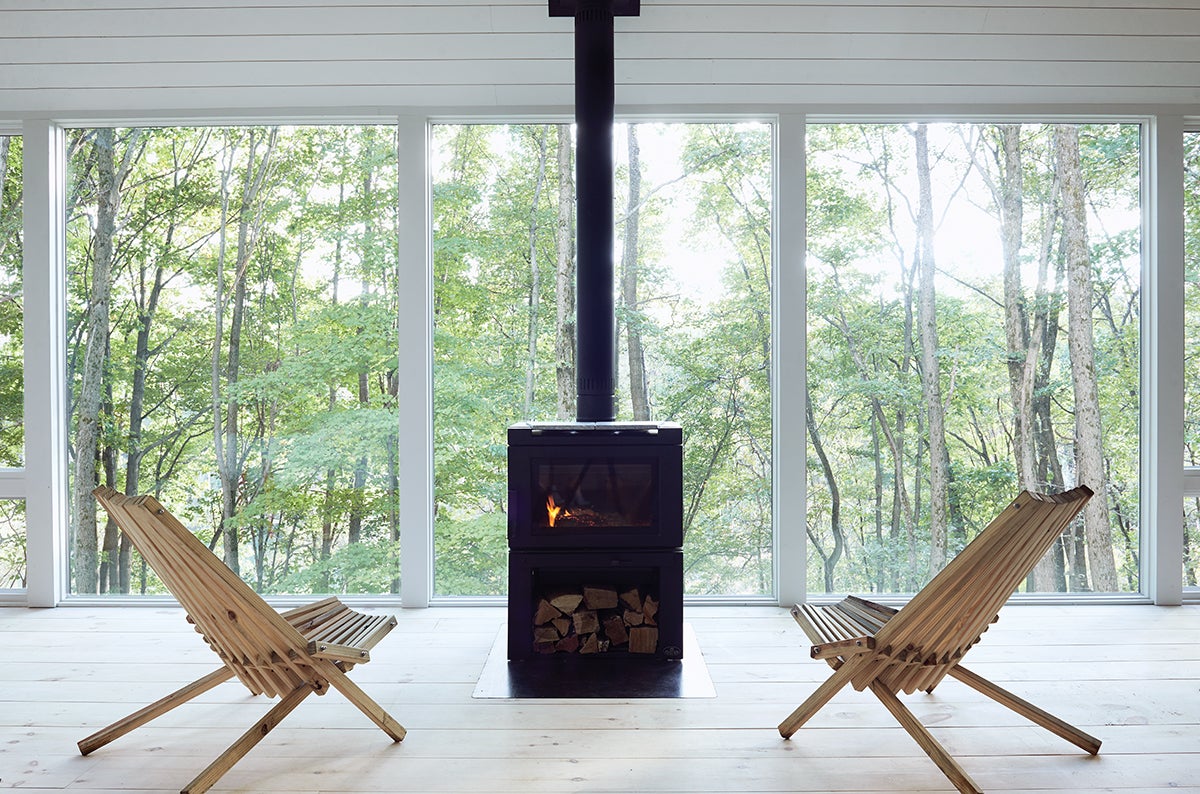BOH’s guide to getting green—from taking your first steps toward sustainability to making your clients care.
At its best, great design achieves far more than just beauty—it actually improves the way people live. It is strange, then, that green and sustainable design has remained a fringe topic in the realm of interiors—a conundrum many compare to the organic food movement 20 years ago. It took a long time, but the question eventually shifted from ‘Why would you buy organic?’ to ‘Why wouldn’t you?’ The crux of green design is remarkably similar: If you have the opportunity to make choices that lead to healthier, more sustainable homes, why wouldn’t you?
Though the Environmental Protection Agency estimates that as much as 90 percent of our lives are spent inside, there’s still a major lack of transparency when it comes to what goes into our home furnishings. While the wellness craze has infiltrated popular culture in the form of turmeric lattes, infrared saunas and ever-expanding crystal collections, we still go home and sit, sleep and eat on furniture that may be toxic—to the planet and to us.

BOH subscribers and BOH Insiders.










































